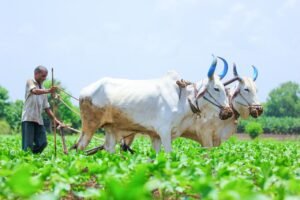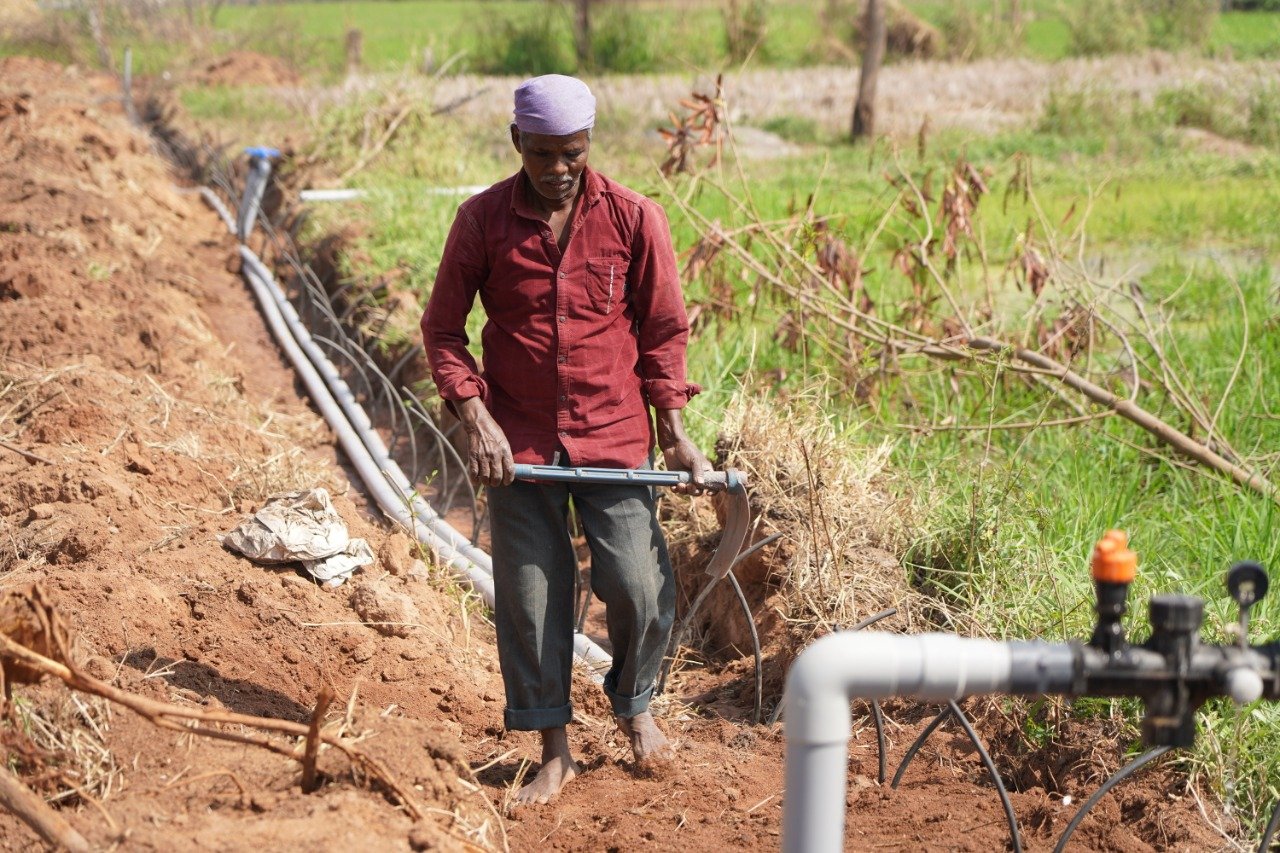Farmer- A Magician who produces Money from Mud
The history of agriculture in India dates back to the Indus Valley civilization era and even before that in some parts of southern India. Indian food and grocery market is the world’s sixth largest, with retail contributing 70% of the sales. The Indian food processing industry accounts for 32% of the country’s total food market, one of the largest industries in India and is ranked fifth in terms of production, consumption, export and expected growth.
It’s been seven decades of planning since the independence; the problem of agriculture is yet to be resolved. The major constraints are:
- Low-access of credit and prominent role of unorganized creditors affecting decisions of farmers in purchasing of inputs and selling of outputs
- Less use of technology, mechanization and poor productivity for which first two points are of major concern
- Very less value addition as compared to developed countries and negligible primary-level processing at farmers level.
- Poor infrastructure for farming making more dependence on weather, marketing and supply chain suitable for high value crops.

A farmer devotes his entire life into farming and yet he goes through an illusion of emotions because of the problems that he has to deal with to meet his daily needs. There is an enormity of risks and challenges confronted by our farmers as they rely on natural conditions more rather than using technology.
Challenges in Agriculture:
- Raising agricultural productivity per unit of land: Raising productivity per unit of land will need to be the main engine of agricultural growth as virtually all cultivable land is farmed. Water resources are also limited and water for irrigation must contend with increasing industrial and urban needs. All measures to increase productivity will need exploiting, amongst them: increasing yields, diversification to higher value crops, and developing value chains to reduce marketing costs.
- Reducing rural poverty through a socially inclusive strategy that comprises both agriculture as well as non-farm employment: Rural development must also benefit the poor, landless, women, scheduled castes and tribes. Moreover, there are strong regional disparities: the majority of India’s poor are in rain-fed areas or in the Eastern Indo-Gangetic plains. Reaching such groups has not been easy. While progress has been made – the rural population classified as poor fell from nearly 40% in the early 1990s to below 30% by the mid-2000s (about a 1% fall per year) – there is a clear need for a faster reduction. Hence, poverty alleviation is a central pillar of the rural development efforts of the Government and the World Bank.
- Ensuring that agricultural growth responds to food security needs: The sharp rise in food-grain production during India’s Green Revolution of the 1970s enabled the country to achieve self-sufficiency in food-grains and stave off the threat of famine. Agricultural intensification in the 1970s to 1980s saw an increased demand for rural labor that raised rural wages and, together with declining food prices, reduced rural poverty. However agricultural growth in the 1990s and 2000s slowed down, averaging about 3.5% per annum, and cereal yields have increased by only 1.4% per annum in the 2000s.
“In the winter’s chill or the summer’s heat
A farmer works so the world can eat.”
Revival:
The methods of farming have been revived in the due course of time. Some of the modern techniques include: Genetic manipulation, Monoculture, Intensive tillage, Use of synthetic fertilizers, irrigation technologies and chemical pest control. Modern agricultural crops techniques have many benefits but may also have adverse impacts if used aggressively. Too much of tillage and excessive use of fertilizers can degrade the quality of land and crops. Chemical farming can affect intra-species diversity and produce only less variety of crops.
All these methods play a great deal in production. However their use is dependent on the type of crop and the necessity of using the method of choice. A specialist is required to guide and assist. They give advice and services to the farmer on the best method to use. This is depending on the availability of resources in addition to cost of production. Not all the population of farmers has access to modern farming technology and this has been taken into consideration to boost the development of our farmers and work for the welfare of agriculture sector.

